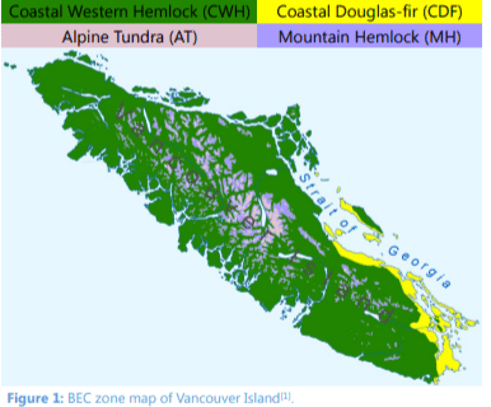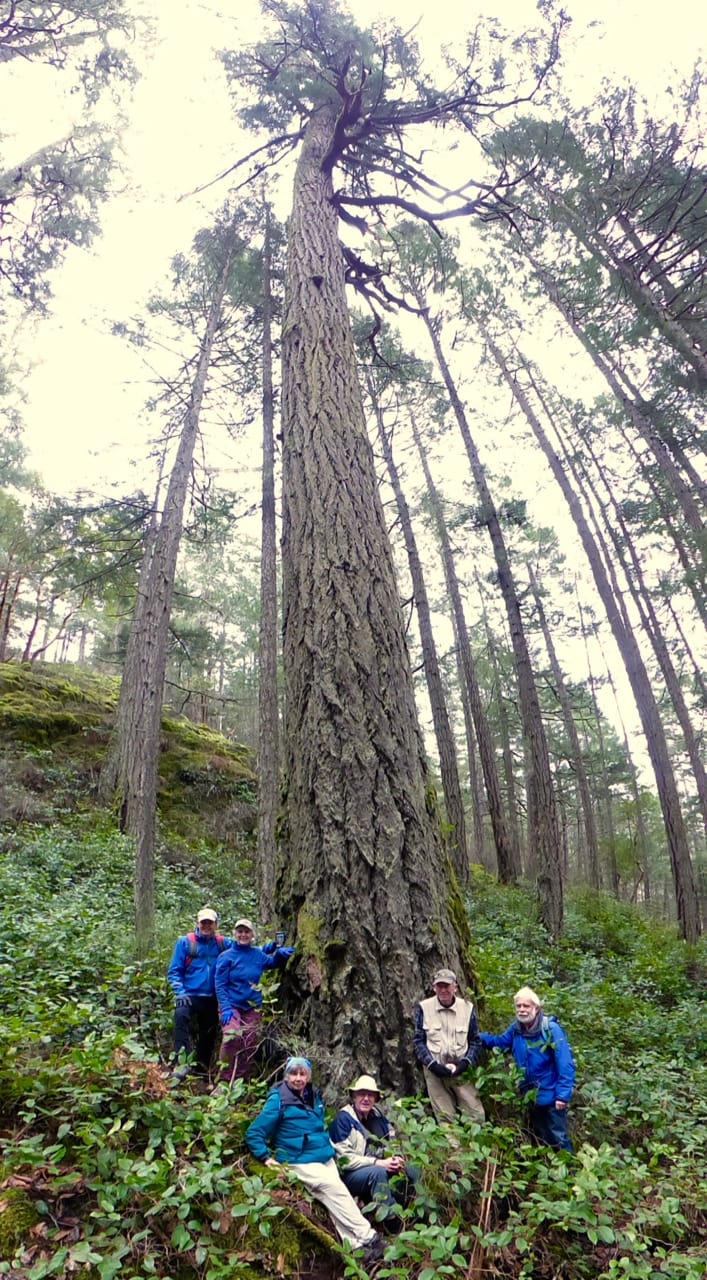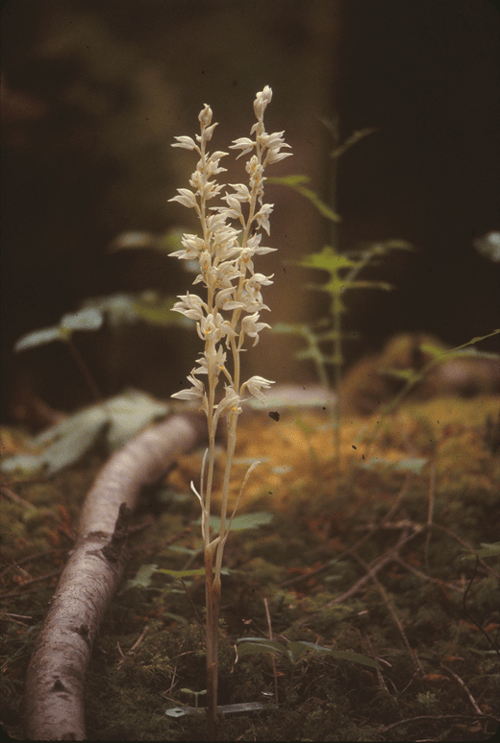
Modernization
Learn more about government’s intention to modernize the museum to protect our historic holdings and provide better access to our collections.
Ken Marr, curator of botany, is well-acquainted with the local ecosystem.
He notes that there’s a wealth of information about BC’s botanical past and present at the future site of the CRB.
The site is located at the intersection of two biogeoclimatic zones, the Coastal Douglas Fir zone and Coastal Western Hemlock zone, named for the dominant tree species comprising their forests.

Ken points out that researchers are able to determine which species dominated during different time periods at the CRB site by identifying the types of pollen trapped in nearby lake sediment.
Around 14,000 to 12,000 years ago, pine, fir, mountain hemlock and spruce dominated the landscape. Their reign was relatively short, however, as Douglas fir exploded onto the scene approximately 10,000 years ago, remaining dominant but tapering off into the present.

Other trees, such as the iconic Garry oak, did not emerge until 7,000 years ago.
Today, we need not rely on ancient pollen to learn about the site’s plant life.
A recent survey of the area identified 588 species of vascular plant, 154 mosses, 296 lichens and 491 fungi. Some of these species are indigenous, while others are introduced; some are thriving and some are at risk; some are edible and others poisonous.
The phantom orchid, for example, is both endemic to the Pacific Northwest and a red-listed endangered species.

Ken suggests you be on the lookout for this plant and, if you are fortunate enough to see one, report it to the BC Conservation Data Centre. Finally, he says that along the roadsides you may also encounter the deadly poison hemlock plant. It is easily recognizable by the purple blotches on its stems. Please report any sightings to Report-A-Weed BC.